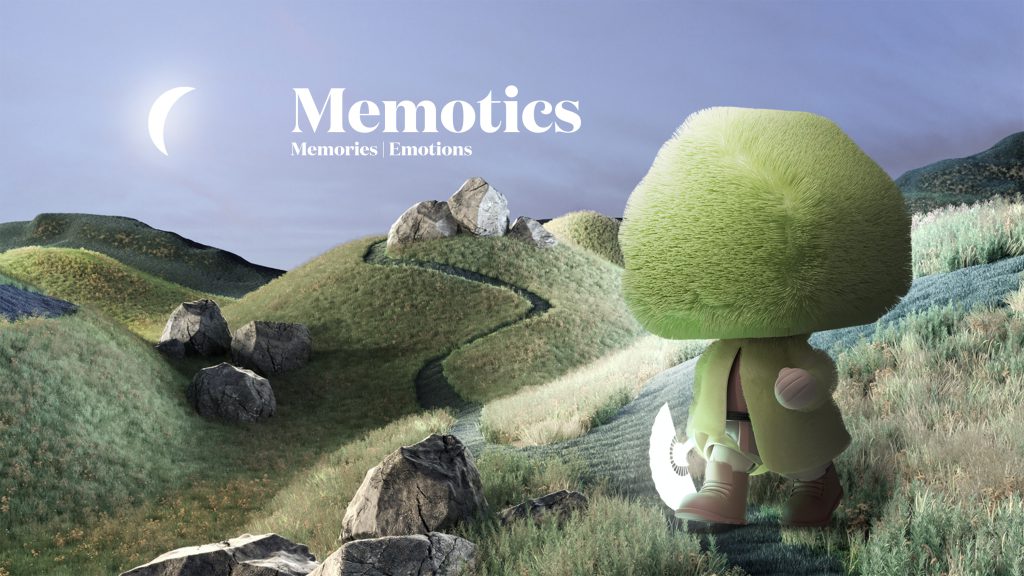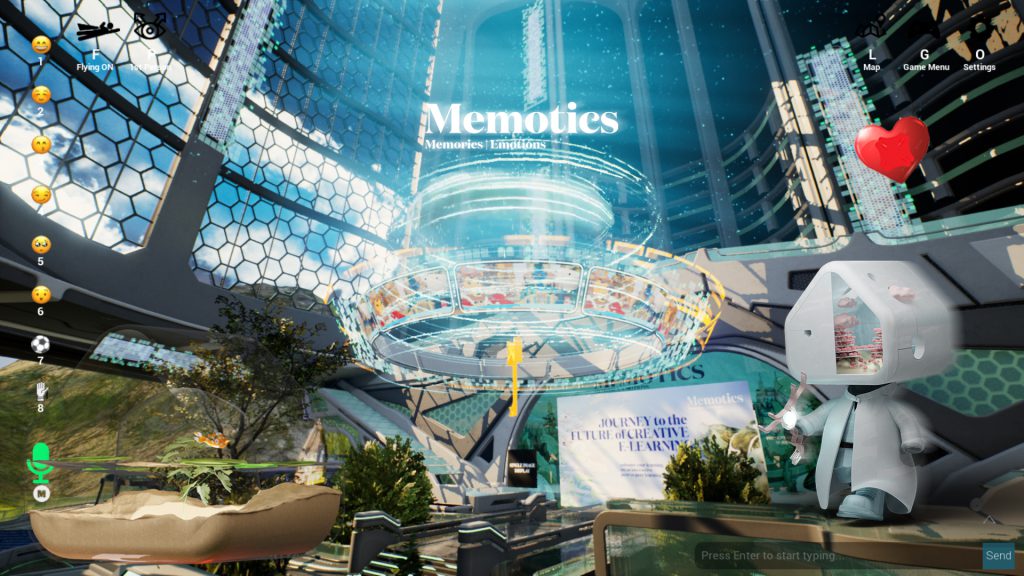From OCBC to NYP: S’pore startup Memotics on building visually captivating metaverses
Memotics co-founder talks about the need for better visuals and more engaging narratives in the push for mainstream metaverses.

All hype aside, metaverses have often fallen short in terms of aesthetic appeal. Projects like Decentraland and The Sandbox feature graphics which don’t even live up to today’s mobile games. It’s difficult to imagine spending multiple hours a day working or socialising in such environments. With a lack of realistic textures and lighting, they are a far cry from reality.
This issue largely arises due to technical constraints. Metaverses are intended for VR devices, which require a lot more computational power to render high-quality graphics. VR demands a frame rate of over 90 frames per second to avoid motion sickness and nausea. In comparison, mobile and console games run at anywhere between 30 and 60 frames per second.
Regardless, this is a barrier which must be overcome before metaverses are ready to go mainstream. If people are expected to spend time in a virtual reality, it must at least be comparable to the physical one.
Memotics’ vision for the metaverse
While building its own metaverse, dubbed Palace, Singaporean Web3 company Memotics is playing close attention to the way everything looks. From realistic lighting to impressive architecture, Palace appears to be a step in the right direction.
As an in-real-life architect with a passion for beautiful landscapes and design, I know the value and benefits of unique and eye-catching design and how it can attract customers. Amazing sights can create a better impression of presence and reality.
– Alan Kueh, Co-Founder of MemoticsIn contrast to other popular metaverses, Memotics presents a unique approach to avatars. Characters in Palace take on a unique stylised form, which makes little effort to resemble what humans look like in real life. Facial features can often be a dead giveaway of a game’s graphic limitations, and Memotics’ approach appears to be a clever workaround.
 Image Credit: Memotics.io
Image Credit: Memotics.ioDubbed ‘Homies’ – apt, given that they sport houses instead of faces – Memotics’ avatars exist as NFTs. Alongside avatars, Memotics also intends to support its metaverse with other collectible assets which can serve as digital identities for community members.
Building communities
Beyond its graphics and NFTs, Memotics differentiates itself from other metaverses by placing an emphasis on social matching. Its platform features built-in functions to identify and connect users with similar interests and passions, based on data gathered during the user journey.
“While visuals are an essential factor in creating an immersive experience, they are not the only element,” says Alan Kueh, co-founder of Memotics. “Interactivity, social cohesiveness, and narrative are all also essential.”
 Image Credit: Memotics.io
Image Credit: Memotics.ioKueh believes that a metaverse would feel lifeless without the ability to interact with the surroundings, and it’d be shallow without a compelling narrative. “It is the combination of these different elements that create a truly immersive and enjoyable metaverse.”
He adds that this focus sets Memotics apart from metaverses that “that lack interesting content and simply concentrate on short-term financial rewards.”
In its goal to build communities, Memotics also prioritises ‘phygital’ experiences and hopes to serve as a bridge between the Web3 and non-Web3 space. Recently, the company partnered with Nanyang Polytechnic to set up a space on its platform for students to use as a learning lab.
Memotics also has an ongoing partnership with OCBC, supporting the bank’s foray into the metaverse.
“Memotics was first involved in redesigning OCBC’s space in Decentraland, to create a more striking and gravity-defying design that better fits the target audience,” Kueh explains. Since then, OCBC has become a key partner in helping co-design Memotics’ platform.
Brand-building in the metaverse
While it’s still early, traditional brands have a lot to earn and little to lose by stepping into the metaverse. If this truly is the way forward, companies could gain an edge simply by learning how Web3 interactions and communities work.
“Brands can engage customers in a fresh and exciting way by creating virtual experiences like showrooms, interactive demonstrations, and brand-specific virtual worlds,” Kueh explains. Memotics hopes to enable this through its own platform, which is powered by Unreal Engine 5 – one of the most capable tools to put together three-dimensional virtual environments.
 Image Credit: Memotics.io
Image Credit: Memotics.ioThe metaverse can also be an opportunity for brands to tap into a global audience, which would otherwise be out of reach. A virtual showroom is free from geographical constraints, allowing brands to entertain customers from all over the world.
Finally, pair the metaverse with AI technology – two buzzwords which have dominated tech in the 2020s – and right there is a gold mine of data which companies can use to better understand their customers and improve performance.
“By integrating AI and machine learning, Memotics can track user behaviour, preferences, and engagement trends,” Kueh explains.
“This data can help businesses understand their customers better and make data-driven decisions about how to optimise their user experience. With this data, brands can design personalised and tailored virtual worlds that better serve their customers.”
Also Read: How this S’pore AI startup is transforming the marketing sector by automating content creation

 Lynk
Lynk 
































